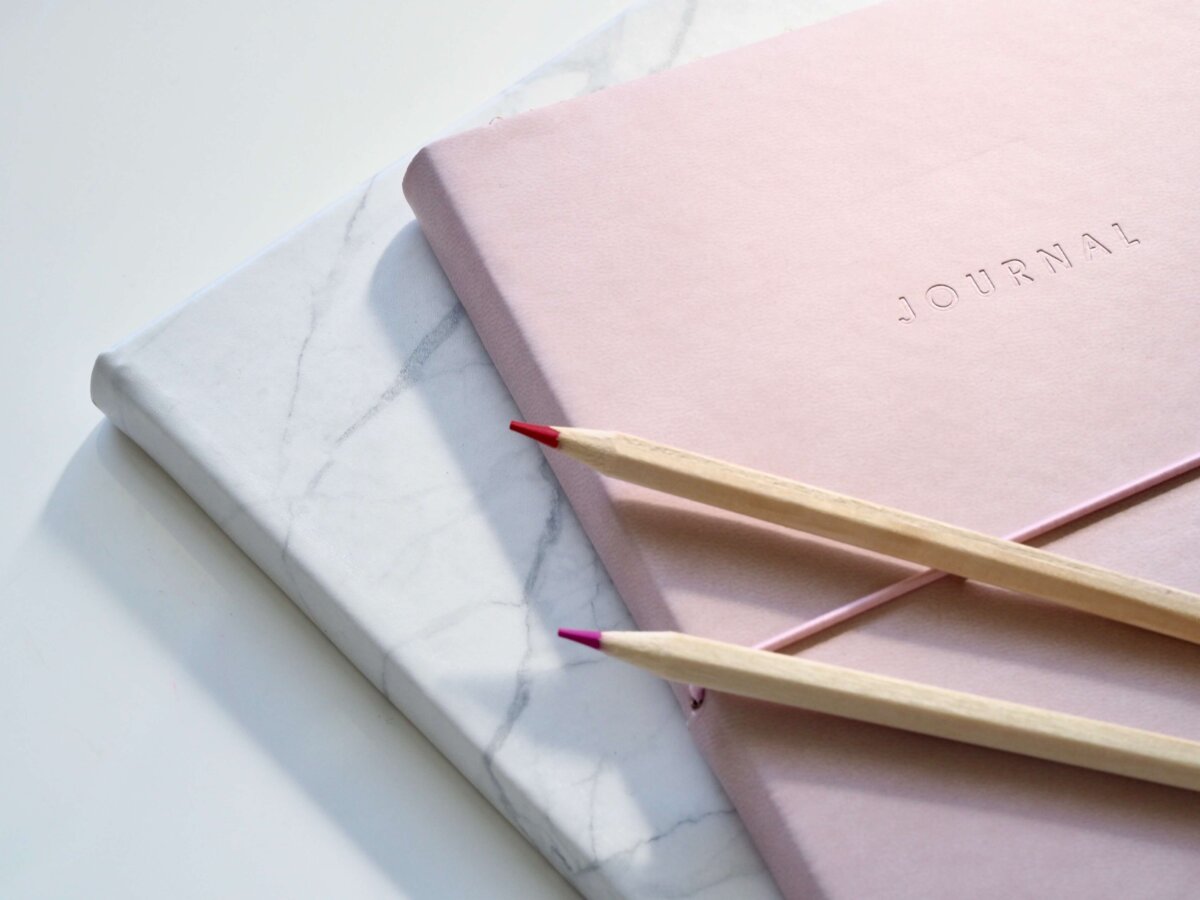
“Daring to set boundaries is about having the courage to love ourselves, even when we risk disappointing others.”
Brené Brown
What Are Boundaries
Learning to set boundaries for ourselves is one of the best gifts we can give ourselves.
How do you define boundaries? To me, boundaries are how we take care of ourselves and our needs in a variety of areas: physical, intellectual, emotional, sexual, material, and time. It’s important to first get clear on our boundaries and then work on practicing them.
Rigid Boundaries
Keeping others at a distance either physically or emotionally. Someone with rigid boundaries may cut people off quickly and not give second chances or opportunities to work through issues. Thinking may be very black and white with expectations and operate through a set of rigid rules.
Weak Boundaries
This may look like saying yes to everything, not setting limits, and going above and beyond for others at the expense of his or her own personal needs. Someone with weak boundaries may avoid confrontation or speaking up when something upsets them due to fear of rejection, criticism, or other people’s emotions and reactions.
Healthy Boundaries
Healthy boundaries establish what your expectations are from others and what others can expect from you in a respectful way. Information shared in relationships is appropriate; not too much or too little. You are able to say no, state your personal needs, and value your opinions and the opinions of others.
Here are some questions to ask yourself – How often do you put yourself first? Are you clear on your inner needs, thoughts, and emotions? How comfortable are you with expressing your limits and expectations? The way I see it, setting boundaries has 3 important steps.
Steps to Setting Boundaries
Step 1: Knowing our needs, wants, and limits.
Getting clear about what your blocks are is another important piece. When we gain insight into our blocks, we are better able to overcome them.
Step 2: Communicating our boundaries appropriately.
It might take some practice to feel more comfortable and confident with setting boundaries. We might be too rigid or too weak at first but, like anything, with practice we get better.
Step 3: Reflecting. How’s it going? What feels comfortable and what’s not comfortable? When practicing boundaries there can be a bit of a learning curve.
Is anything holding you back from improving your personal boundaries?
Are you worried about fear of hurting someone’s feelings? Disconnected with your inner voice? Not having enough practice? There could be tons of reasons behind what blocks us from setting limits and expectations withins relationships. However, I would ask myself if someone struggles to accept or respect my boundaries, is this person or situation a good fit for my life? How long am I willing to accept less than what I want?
6 Tips To Setting Healthy Boundaries
Know Your Values
Everyone’s personal values are different and these values influence our limits, needs, and expectations. Knowing your personal values is an important first step to set boundaries. Try identifying a list of your personal values and try to identify as many as you can and then try to reduce it down to your top 10. These values will help guide your limits and expectations with what’s important to you.
Start Small
If you don’t have many boundaries in place right now, that’s ok! Start small and slowly practice incorporating more boundaries. Trying to make too many changes at once can be overwhelming and exhausting. Taking things slow will feel more comfortable and sustainable over time.
Start Early
Try setting boundaries early on in relationships. When we start adding new boundaries down the road in relationships it can be more difficult because certain norms and roles have already been established.
Check-in With Emotions
How do you know when someone has crossed or violated your own boundaries? Checking in with your emotions. This is a great tool to help us identify when someone’s crossed or violated your boundaries. Feelings of anger, frustration, sadness, or irritability will alert you when boundaries are crossed. When this happens, it’s a great time to check in with yourself by asking questions like, “Have I established my boundaries?”, “What boundary was violated?”, or “What can I do to take care of myself?”
Dealing With Pushback
Pushback happens sometimes when people struggle to accept or respect your boundaries. This is a great opportunity to practice “I” statements and calmly stand your ground while expressing your needs. For more communication tips click here.
Reflect
Take time to think about what boundaries you are setting or wanting to set. How’s it going? Are you being too rigid? Too passive? What’s working? Does my boundary style vary depending on situations? Sometimes we have good boundaries at work but struggle in personal relationships or vice versa. This allows you to identify areas to continue to work on and areas that are going well.





